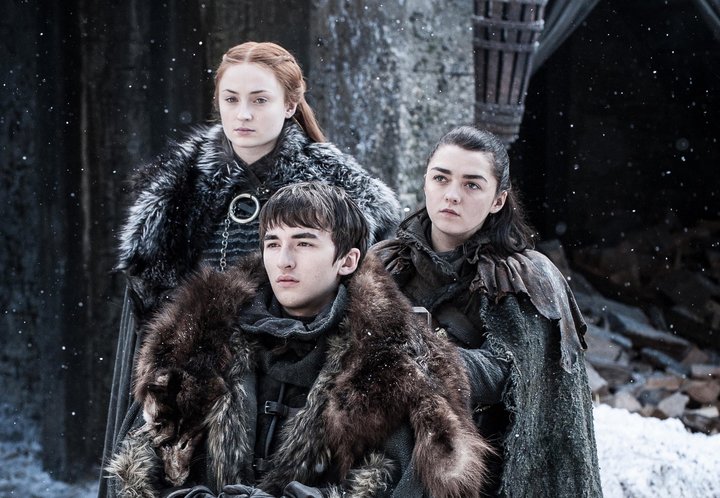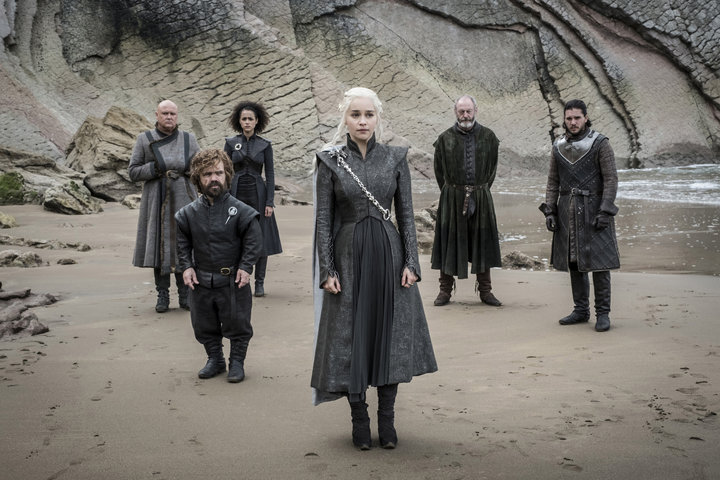As “Game of Thrones” fans eagerly wait for the eighth and final season to premiere this April, viewers are likely wondering which characters will survive through the end of the series. Thanks to researchers in Australia, there’s now a study to help with those predictions.
Researchers (and “Game of Thrones” fans) Reidar Lystad and Benjamin Brown watched all 67 episodes of the hit HBO show for a study about characters’ deaths and their chances of survival, published in the academic journal Injury Epidemiology.
The researchers, both affiliated with Macquarie University in Sydney, found that the probability of a character dying within an hour of being introduced on screen was about 14 percent. “Violent deaths” were (unsurprisingly) the most common kind of end for the show’s important characters. It’s important to note that the study covered human characters only, so no White Walkers or Children of the Forest.

Lystad and Brown also studied the traits of characters who died to speculate who might still be alive when the show ends. They concluded that the probability of survival was worse for characters who were male and lowborn, had not switched allegiance and were featured more prominently in the series. Lystad, an injury epidemiologist, told HuffPost that of those factors, the two most important in terms of survival were how prominently the characters were featured in the show and whether characters had a history of switching sides.
So what does that mean for your favorite characters? Lystad said Sansa and Arya Stark had better chances of survival compared with many other main characters, since they’re highborn women who have changed allegiance. (Lystad and Brown interpreted Sansa’s decision to marry Joffrey Baratheon and her return to Winterfell and Arya’s choice to train to serve the Many-Faced God as switching sides, but Lystad admitted many fans would argue Arya has always been loyal to House Stark.)

Although they’re men, Tyrion Lannister and Jon Snow are “very much still in the running,” Lystad said, and the probability of their survival is not much lower than the Stark sisters’. Tyrion clearly rejected House Lannister, and the researchers considered Jon’s oath to the Night’s Watch as a change in allegiance.
Of course, Jon was dead, briefly. “What we did with these characters that have been resurrected — and Jon Snow is just one of them — is if they come back to life and feature in the show, then we have not counted them as being actually or really dead,” Lystad told The Guardian. “So they fall in the alive category, at least for now.”
And then there are Daenerys Targaryen and Cersei Lannister, both highborn women but also two badasses who have stayed loyal to their cause. Because they haven’t switched allegiance (the researchers decided Cersei remained aligned with the Lannisters despite marrying Robert Baratheon before the show began), they have worse chances of survival than Arya, Sansa, Jon and Tyrion.
Of course, “Game of Thrones” is known for shocking plot twists and WTF moments, so none of these characters can be considered truly safe. Who does Lystad hope is still alive by the end of the series? He’s partial to the beloved Ned Stark, who died in the first season, and among the characters left at the end of season 7, he’s a fan of Tyrion.
“I quite like Tyrion,” he said. “He likes to do research, he likes to read books, and he likes to drink wine. And that’s definitely something I can relate to.”




















![[Book Review] The Blade Itself (The First Law Trilogy) by Joe Abercrombie](https://bendthekneegot.com/wp-content/uploads/2018/01/1516047103_maxresdefault-218x150.jpg)
















